As a fan of mechanical alarm watches, I’ve covered the majority of the commercial models on the blog, one omission being the Vulcain Cricket, so let’s have a look at this one.
(Click pictures to enlarge)
Originally founded by Jacque Ditisheim as ‘Manufacture Ditisheim’ in La Chaux-de-Fonds, Switzerland in 1858, the company was renamed ‘Vulcain’ after the God of fire and volcanoes in 1894. Like many manufacturers, production focussed mainly on pocket watches with Vulcain getting into the wristwatch sphere comparatively late, producing watches for military use in the 1940’s.
The Cricket is undoubtedly Vulcain’s most recognisable model and has been in continuous production for many years. Development on the alarm calibre originally began in 1942 when Robert Ditisheim was determined to create an alarm wristwatch with a loud ‘cricket like’ sound. Although several attempts had been made by other companies to create an alarm wristwatch in the past, results were limited as they were too quiet to be of any practical use.
The main problem was raising the volume of the alarm with such limited space available, further exacerbated when worn as the sound is absorbed by the wrist. After five years of development, working in conjunction with a casemaker, a design was finally patented creating a resonating skin inside an echo chamber… but more on that later.
The watch in this post arrived in reasonable condition, the dial and hands had suffered slightly and the 14kt gold case was tarnished, but the watch was fully functional. Inside, the movement was complete but definitely in need of a service.
With 17 jewels, a beat rate of 18,000 bph, a 25 second alarm and a 42 hr power reserve, for a manually wound calibre, the cal 120 is pretty complicated. It’s worth pointing out a few features, the first being that this calibre has separate mainspring barrels for both the watch and the alarm – not unusual as that allows the alarm to sound without “robbing” overall power reserve (see the Venus cal. 230 powered Fortis Centinela Alarm for a calibre that uses one mainspring for both functions). However, what is unusual is that the Cricket only has a single winding crown for both springs. In most manual alarm watches, a separate crown is provided for each barrel.
To facilitate this, the calibre utilises a rocker as shown below; when holding the watch dial up, rotating the crown forwards winds the alarm mainspring and backwards winds the main movement mainspring – the opposite of what you would expect from a ‘normal’ manually wound watch.
The overall operation of pusher and crown can best be described as ‘quirky’, so here’s an overview;
- Winding the main movement mainspring: Wind towards 6:00 with the crown fully pushed in.
- Winding the alarm mainspring: Wind toward 12:00 with the crown fully pushed in.
- Set the time: Pull crown out to position 1 – time will only set forwards.
- Set the alarm: Push in the alarm button twice, the crown pops out to position 2 and the alarm time can be set (backwards).
- Activate the alarm: Push the winding crown back in fully (position 0)
- Deactive the alarm: Push in the alarm pusher once, the crown jumps out to position 1.
Got all that? Yeah, I know, right!
Needless to say, making all that happen results in a complicated series of parts on the dial side of the calibre which is too much to describe in detail, but here are a couple of pictures of some of the dial side components.
Getting back to the watch case, as mentioned above it features an echo chamber to increase the volume of the alarm. The main caseback acts as a resonator – it has a pin mounted in it which is struck by the alarm hammer – and the outer case is domed and perforated to allow the sound to escape. The system works well and was used by many other manufacturers, the Fortis Centinela and the Tissot T12 Sonorous being two examples that I’ve wrote about on the blog in the past.
However, one downside of a perforated caseback is that it allows sweat and moisture into the chamber, eventually tarnishing the resonator/caseback, and that was certainly the case here. It’s likely that the caseback was originally gold plated, but that was all but gone, leaving the base metal underneath.
As re-plating such a pitted surface would most likely have yielded a poor result, it was decided in discussion with the owner to clean the plate as much as possible and keep it original. The result wasn’t actually too bad.
To complete the rest of the job, the movement was serviced, the case cleaned and given a light polish to restore the shine, the sweep second hand re-painted and a new crystal fitted. Here’s the result.
I can’t finish this post without mentioning that you’ll often see the Vulcain Cricket referred to as the “President’s Watch”. This started when the White House Press Photographer’s Association presented a Cricket to President Harry Truman in 1953. His successor, President Dwight Eisenhower, wore a Vulcain Cricket well before he took office and this inspired Vulcain to create a worldwide advertising campaign highlighting the connection.
Vulcain have continued the tradition by presenting a Cricket from their current range to US Presidents as part of their inauguration, the Anniversary Heart Cricket presented to President Obama being a notable example.
Rich.
** Many thanks to Santiago Schmitt for letting me feature his watch on the blog. **

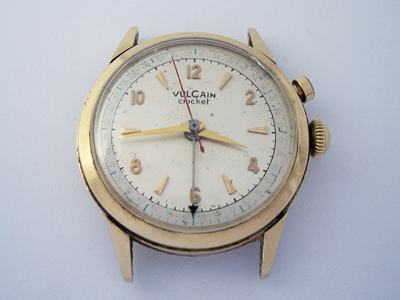
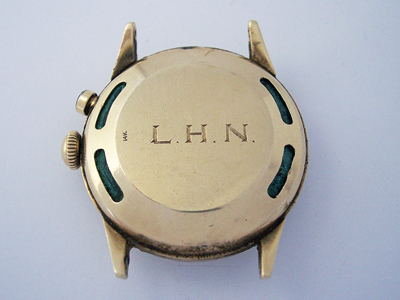
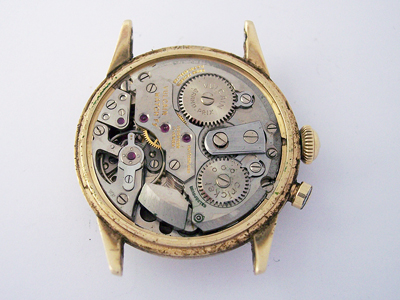
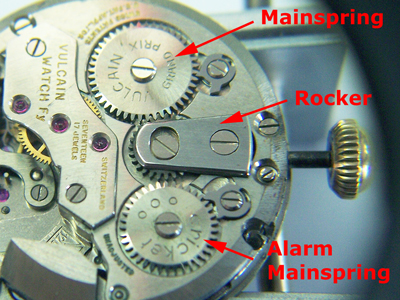
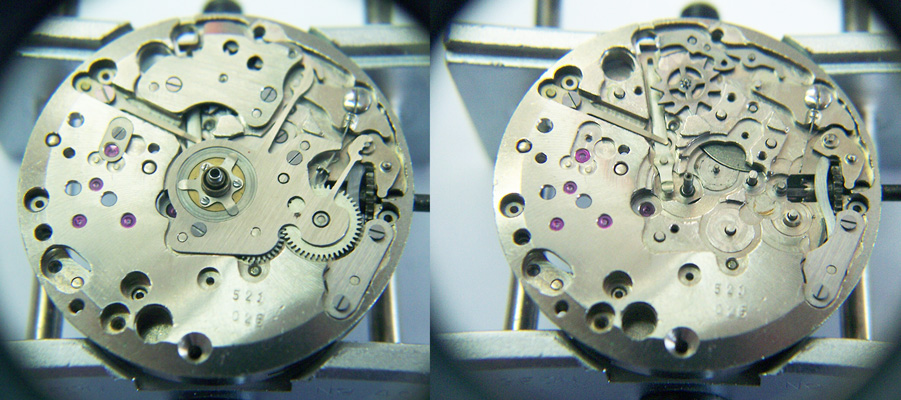
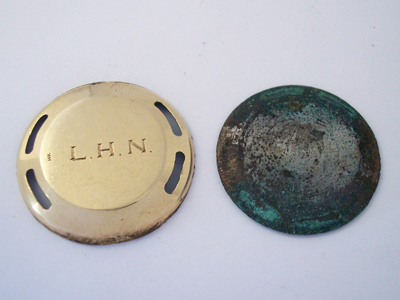
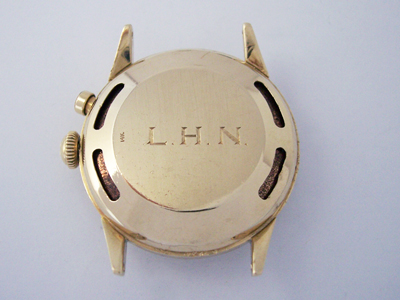
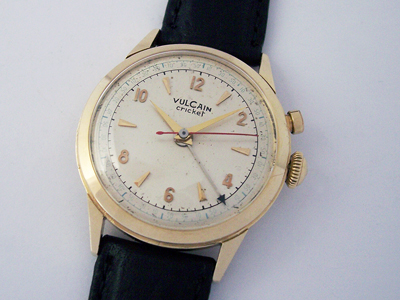
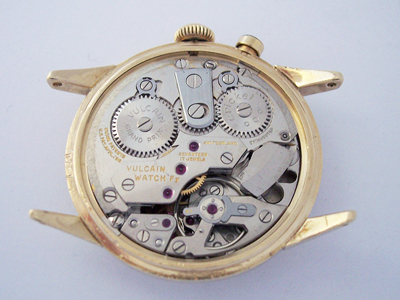
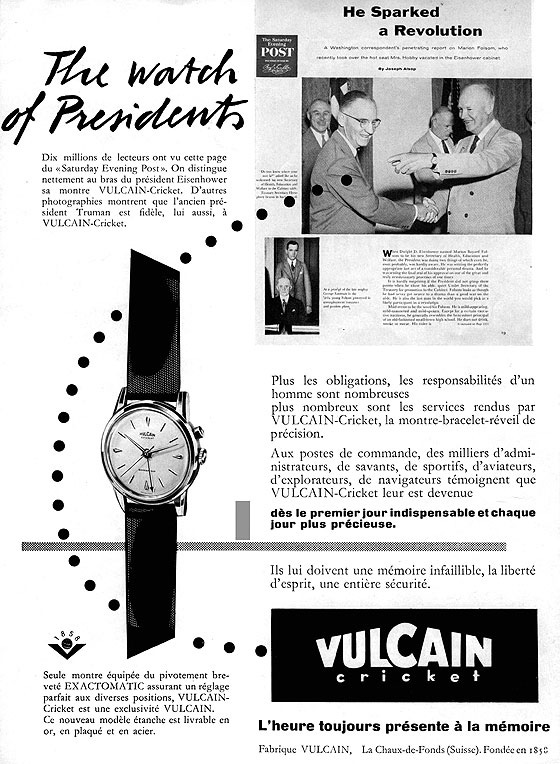
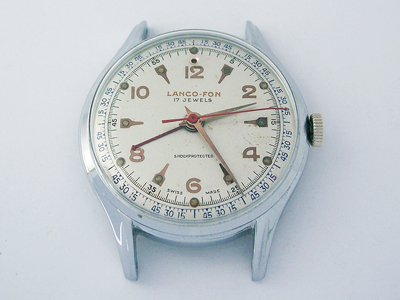
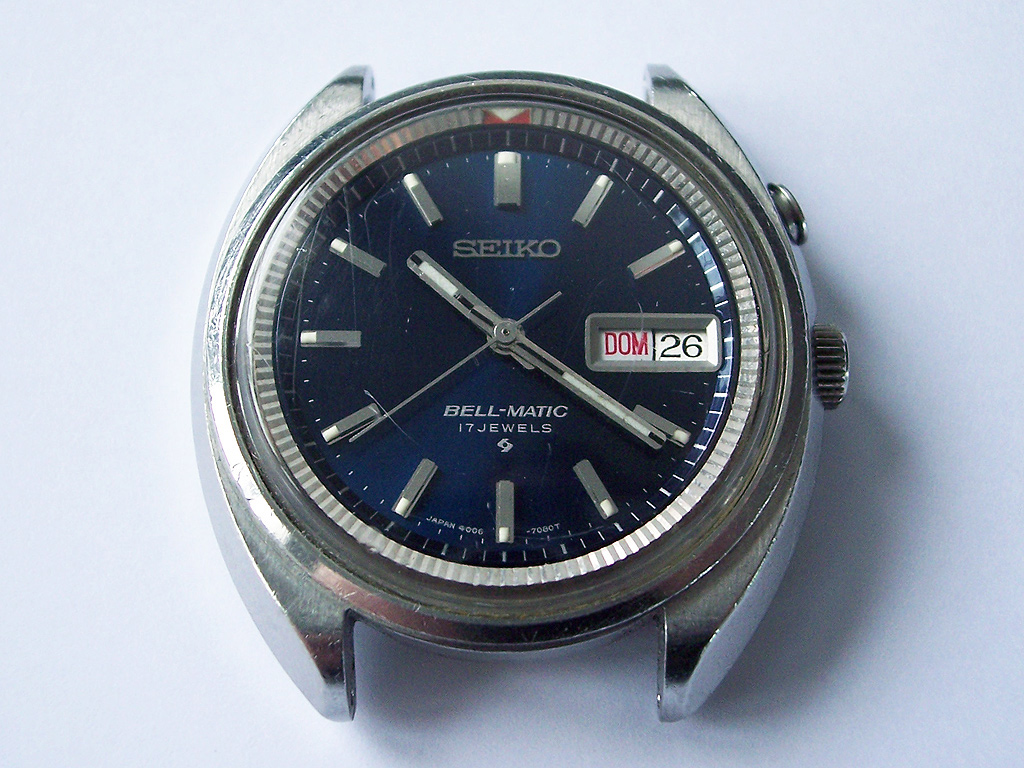
Hamilton numbered its version of the 120 as grade 642.
I have one in nice condition, all stainless steel,
with a Speidel expansion band.
The “cricket” sound really makes it noticeable among other noises.